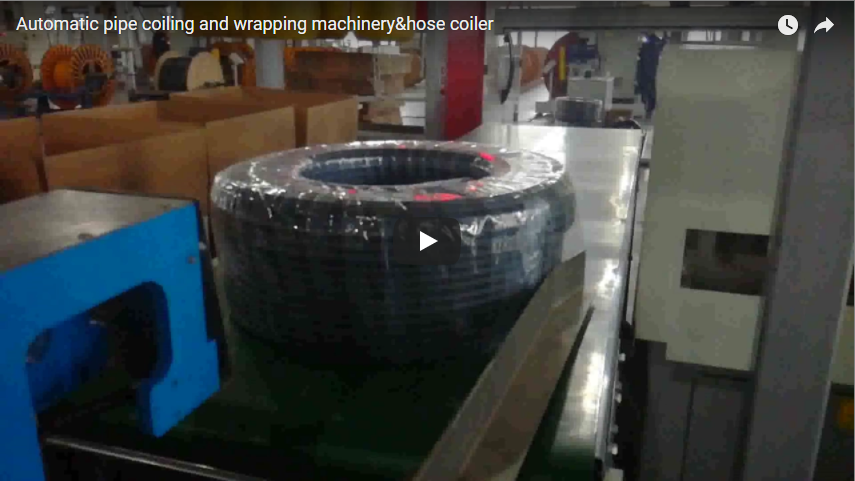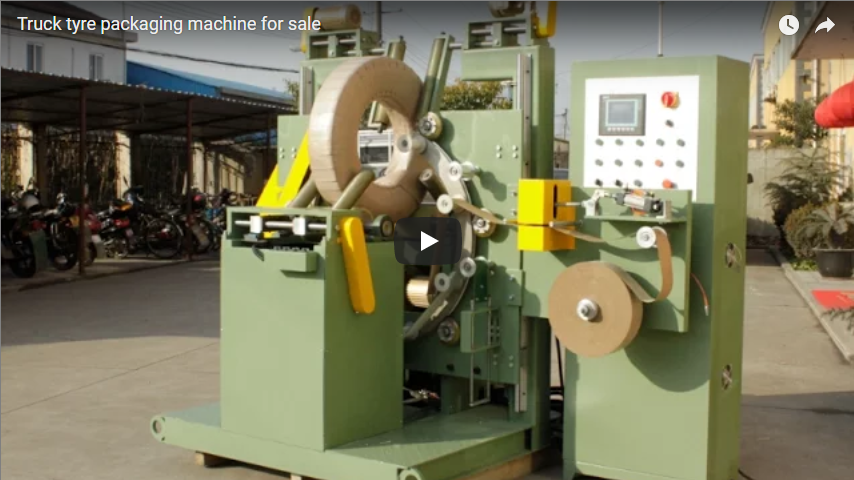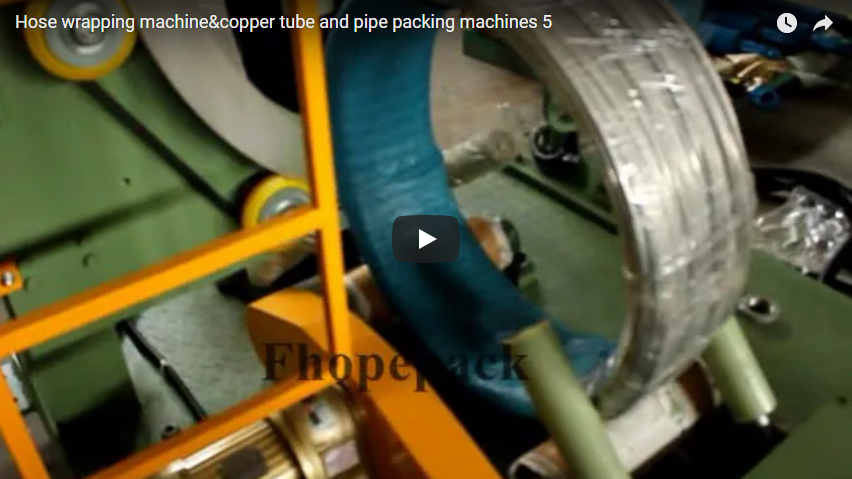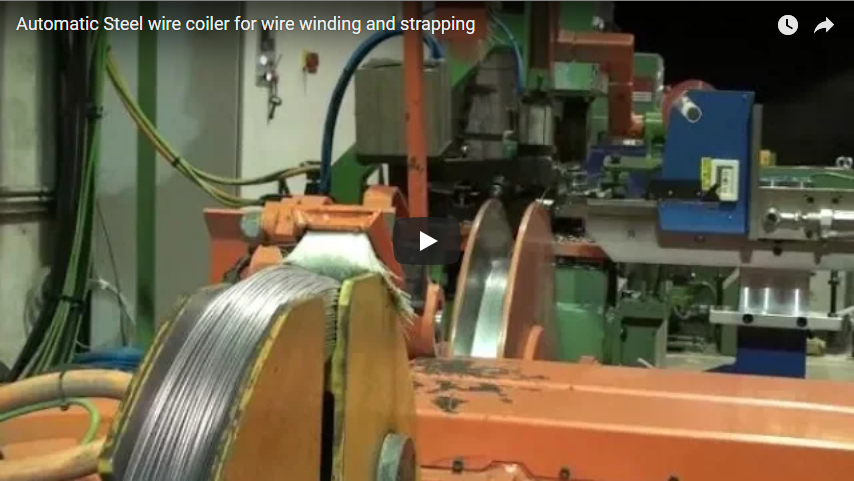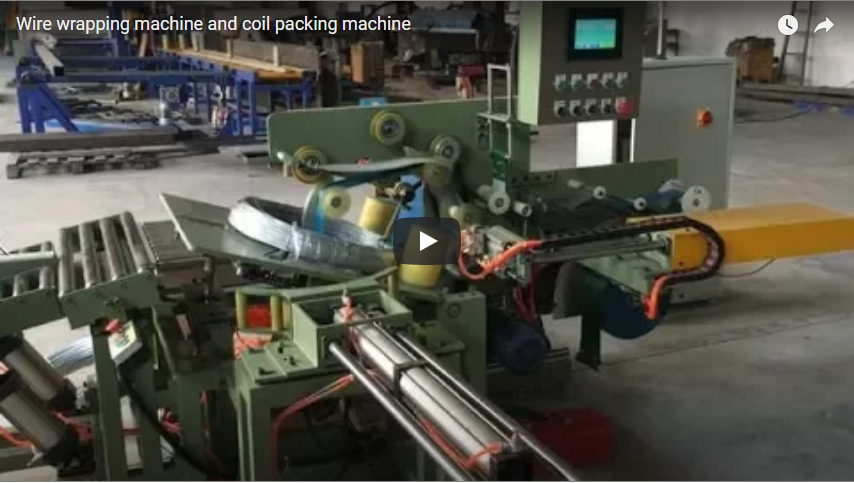Technical Description of Wire Rod Coil Strapping Line Service For Rewinding and Waxing Line
This wire rod coil strapping line was designed for servicing the wire rod rewinding and waxing line. The compactor and strapping machine designed to process and packing the aluminum and aluminum alloy wire rods. After ensuring precise rewinding with adjustable density and applying a protective wax coating the strapping line helps to packing it properly. Each component plays a vital role in the efficient and high-quality production of aluminum coils.
1. Pay-Off Stand
The pay-off stand is responsible for unwinding the "loose" coils, allowing the wire rod to be fed into the system without tangling or surface damage. This part is configured for optimal handling and positioning of the vertically wound coils, ready for the next stages in the process.
2. Straightener/Guide
Before waxing and rewinding, the wire rod undergoes straightening to ensure uniformity and eliminate any surface irregularities. The straightener/guide system aligns the wire precisely, setting it for smooth, efficient processing.
3. Waxer
Equipped with an air and wax solution feeder, the waxer applies a thin, uniform coating to the wire rod. This protective layer serves as a corrosion barrier and enhances processing speed during drawing. The waxer is carefully controlled to regulate coating thickness, meeting specific application requirements.
4. Winder
The winder, featuring a drive, spool, and spreader, winds the wire rod into tightly controlled coils with adjustable density. Operators can set winding density based on desired coil specifications, ensuring the wire’s integrity and precise coil configuration. This adjustable winding density is crucial for achieving the desired coil dimensions and weight consistency.
5. Automatic Wire Rod Coil Strapping line
Once wound, the coils are strapped securely with polyester or steel bands. This strapping system is integrated within the winder to enhance structural stability and prevent coil loosening during handling and transportation.
Machine Operation Process
the rack carry the wire coil onto the infeed conveyor line.
-
Settings for Wire Coil Parameters: All information regarding the characteristics of the wire coil, the required number of strappings, and the applied tension can be configured through the PLC.
-
Positioning the Coil for Strapping: When the wire coil on the rack approaches the strapping station, the conveyor’s chains and rollers activate, moving the rack and coil to the center of the strapping position. When positioned correctly, the compression unit lowers to compress the wire coil. Once the coil is compressed, the strapping machine guide rail lowers and aligns with the strapping station rail, and the strapping machine initiates the automatic strapping process.
-
Strapping Process: The strapping machine begins by threading the strapping band through the inner loop of the wire coil, preparing it for binding.
-
Tensioning and Sealing: Once the strapping band is threaded through the coil, the strapping machine secures it and begins tightening. As the tightening begins, the strapping head moves towards the wire coil, and the guide rail returns to its initial position. Once the band is sufficiently tightened and the strapping head contacts the coil, the processes of tensioning, sealing, and cutting the strapping band commence.
-
Repetitive Strapping: Using an automated steel band strapping machine, each wire coil undergoes four strapping cycles per operation.
-
Transfer for Wrapping: After strapping, the wire coil on the rack is transferred to a small carriage designed to carry it to the wrapping station for further packaging.
-
Conveying to Flip Station: The wrapped coil is then conveyed to the flip station, where it is rotated and subsequently moved to the discharge storage conveyor.
-
Empty Rack Recycling: The empty rack is moved back to the push plate station by the flip station and is pushed onto the outfeed conveyor for reuse.
-
Final Unloading: The overhead crane or unloading vehicle removes the packaged wire coil, completing the cycle and allowing it to repeat for subsequent coils.
6. Coil Removal Device
Designed for easy and safe coil handling, the coil removal device detaches coils from the spool. This component facilitates efficient removal and transfer of coils to storage or shipping, minimizing risks of damage to the wire surface.
7. Safety Guards
Safety is paramount in the rewinding process, with protective guards in place to prevent unauthorized access to moving parts. These guards enhance operator safety without obstructing operational access for threading, strapping, or removal.
8. Electrical Cabinet
The electrical cabinet houses essential power and control systems for the line. It ensures stable operation under varied environmental conditions, with power distribution, control circuits, and safety mechanisms integrated for seamless functioning.
9. Control System
The control system includes control panels, cabinets, and software, enabling precise automation. With both manual and automated modes, this system manages speed, density, and safety controls, ensuring production efficiency while protecting operators.
10. Spare Parts, Tools, and Accessories
To guarantee continuous, trouble-free operation, a set of spare parts, tools, and accessories is provided. These components are essential for regular maintenance and handling, ensuring that the line remains operational with minimal downtime.
This comprehensive setup allows for efficient, safe, and high-quality aluminum coil production. The advanced design and configuration of each component in the wire rod rewinding and waxing line make it a reliable choice for industrial applications.

